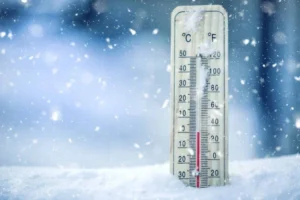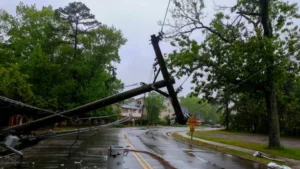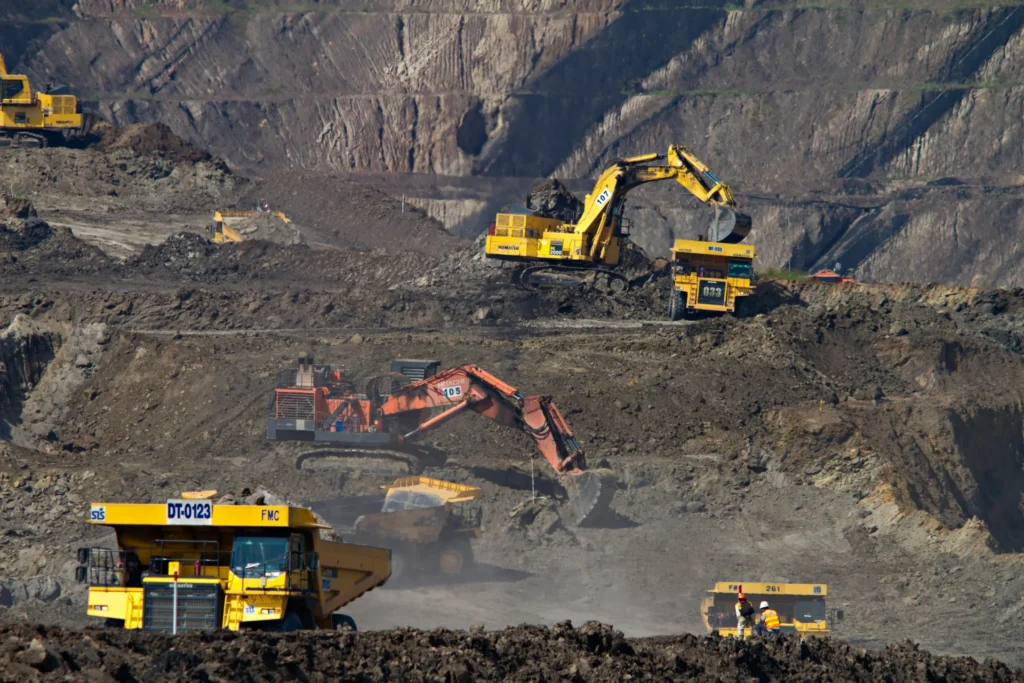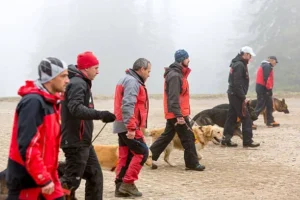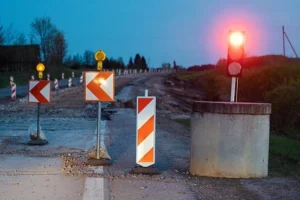President Donald Trump’s new executive order has reignited a battle over Alaska’s vast wilderness and mineral wealth. Trump’s Alaska mining order was signed on his first day back in office, aiming to maximize Alaska’s energy and mineral resources.
State officials and industry leaders have welcomed the move, expecting it to unlock drilling and mining opportunities across the state. A major focus is the Ambler Road project’s proposed 211-mile industrial route through remote northwest Alaska.
The road would provide access to mineral-rich areas containing critical elements like copper and cobalt. Trump’s decision reverses a June 2024 Biden administration ruling that halted the project over environmental concerns.
Trump’s order reinstated a July 2020 decision that authorized the road’s construction. In a December letter to Trump, Governor Mike Dunleavy endorsed the decision and stated that Ambler Road was one of the state’s top priorities.
Republican Senators Lisa Murkowski and Dan Sullivan applauded the move and emphasized the financial advantages of more mining operations. Ambler Road is one of the main infrastructure objectives of Project 2025, a conservative policy framework that includes Ambler Road as a key infrastructure goal.
Opposition remains fierce among environmental groups and some Alaska Native communities. Critics warn that mining development could damage clean water, wildlife habitats, and local subsistence lifestyles. Alex Jhonson, a National Parks Conservation Association campaign director, argued that the project threatens national parks and indigenous lands. “There’s no escaping the disastrous impacts of this mining road on the clean water, people, wildlife, and national parks,” he said.
Many Indigenous Alaskans depend on the land for survival, hunting, caribou, and fishing. Liliana Diaz, a senior fellow at the Atlantic Council, highlighted concerns about the project’s long-term economic viability. “The economics of this road will depend on whether the mining project is successful and can actually be profitable into the future,” she stated.
Karmen Monigold, an Alaskan Indigenous Inupiaq and subsistence provider from Kotzebue, traveled to Washington, D.C., to oppose the project. “Our people rely heavily on our culture, and that is why we are against this road because it would devastate our culture,” Monigold said.
The Tanana Chiefs Conference, representing 39 villages and 37 tribes, reaffirmed its opposition to the project. In a statement, the organization said it would continue advocating for the protection of subsistence resources and Alaska Native rights.
Alaska holds 49 of 50 minerals deemed critical to US national security. Cobalt and antimony are essential for defense, technology, and renewable energy industries. Despite his opposition to green energy, Trump has prioritized mineral security. Secretary of State Marco Rubio has spoken about the importance of securing these resources.
The US depends on imports for many minerals, relying on countries like the Democratic Republic of Congo and China. In 2023, the DRC supplied 77% of the world’s cobalt, while China refined 79%. The Biden administration used the Defense Production Act 2022 to boost domestic production, but US mining projects remain limited.
The Alaska Industrial Development and Export Authority, which proposed Ambler Road, supports Trump’s Alaska mining order. Ambler Metals, a company jointly owned by Canada’s Trilogy Metals and Australia’s South32, plans to develop mining sites along the road.
Wildlife experts warn that building the road could disrupt caribou migration, a critical food source for many Indigenous communities. Trump’s Alaska mining order faces legal challenges, with environmental groups and tribal organizations preparing lawsuits. As the battle unfolds, the future of Alaska’s wilderness, economy, and Indigenous communities hangs in the balance.

